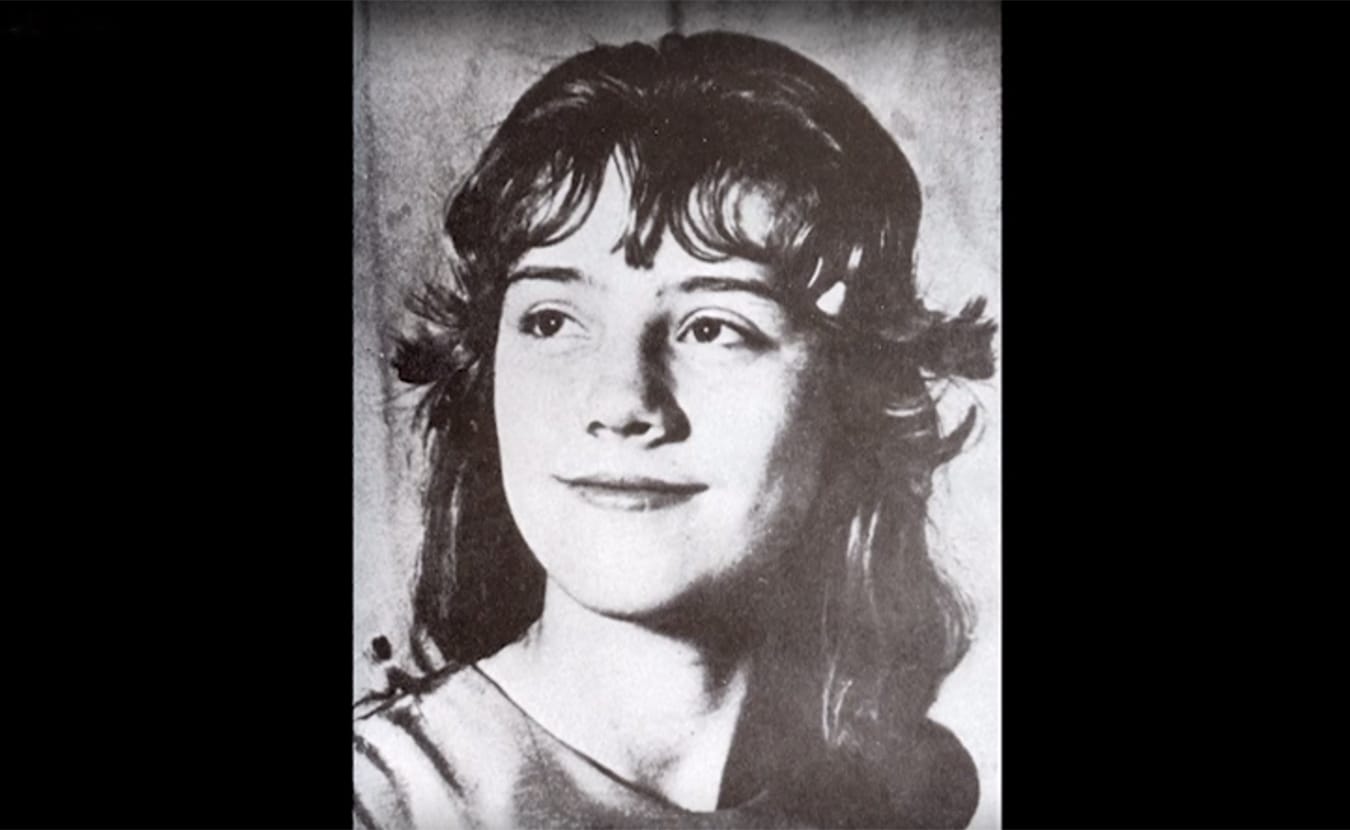The story of Sylvia Likens is a harrowing reminder of the capacity for cruelty that exists within humanity. Her final letter, penned under unimaginable duress, provides a chilling glimpse into the torment she suffered at the hands of her abuser, Gertrude Baniszewski. This wasn’t a letter written freely; it was a desperate act of survival, a bid to appease the woman who held her life in her hands.
A Coerced Confession: The Truth Behind Sylvia’s Letter
Baniszewski, fearing the consequences of her actions, forced Sylvia to write this letter. It was carefully crafted to paint a picture that deflected blame – a narrative where Sylvia ran away, falling in with a rough crowd who then inflicted the very injuries that marked her young body. Each word served as a shield for Baniszewski, a way to deflect suspicion and hide the horrifying truth.
This letter, however, wasn’t just a fabrication; it was a map of manipulation. It revealed the chilling control Baniszewski wielded over Sylvia, the power she possessed to twist her words and actions. The act of writing itself, under such duress, was a testament to the depths of Sylvia’s desperation and the lengths to which she was forced to go to survive, even if it meant perpetuating a lie.
The Unanswered Question: Why Didn’t Jenny Help?
The question of why Sylvia’s sister, Jenny, didn’t intervene is a complex one. It’s important to remember that Jenny, too, was a victim of Baniszewski’s abuse. Living under the constant threat of violence and intimidation, Jenny was likely paralyzed by fear. At just fifteen years old, she was a child herself, facing an adult abuser’s wrath.
To suggest that Jenny was complicit in Sylvia’s suffering is not only inaccurate but deeply unfair. She was a young girl robbed of her safety and forced to navigate a world of unimaginable terror. The scars of that trauma undoubtedly stayed with her long after Sylvia’s tragic death. Instead of seeking blame, we must strive to understand Jenny’s experience through the lens of her own victimization.
Sylvia’s Final Days: How Long in the Basement?
While the exact timeline remains unclear, it’s believed that Sylvia was confined to the basement for at least two weeks, possibly longer, leading up to her death on October 26, 1965. During this time, she was subjected to unimaginable cruelty – beatings, burnings, starvation, and unspeakable acts of humiliation. The basement wasn’t just a place of confinement; it was Sylvia’s torture chamber.
A Community’s Silence: Did Anyone Try to Help Sylvia Escape?
Sylvia’s story is made even more tragic by the fact that her pleas for help went largely unanswered. It’s been suggested that Baniszewski’s intimidating nature and the fear she instilled in those around her played a significant role in preventing intervention. The involvement of other children may have normalized the abuse in the minds of those who witnessed it, making it seem like a disturbing but accepted part of life within that household.
While some experts believe that neighbors and parents may have suspected abuse, a culture of silence and a reluctance to intervene in “family matters” likely prevented any meaningful action from being taken. Sylvia’s tragic death serves as a stark reminder of the importance of recognizing the signs of abuse and finding the courage to speak up, even when it’s difficult.
A Legacy of Loss, A Call for Change
The tragedy of Sylvia Likens’ story, embodied in her own forced words, continues to resonate today. It serves as a stark reminder of the vulnerability of children and the societal failings that can allow such abuse to occur. It compels us to remain vigilant, to recognize the signs of abuse, and to fight for the protection of those who cannot protect themselves. Sylvia’s voice, though silenced too soon, still speaks to us through this haunting letter, a testament to the resilience of the human spirit even in the face of unimaginable cruelty.












